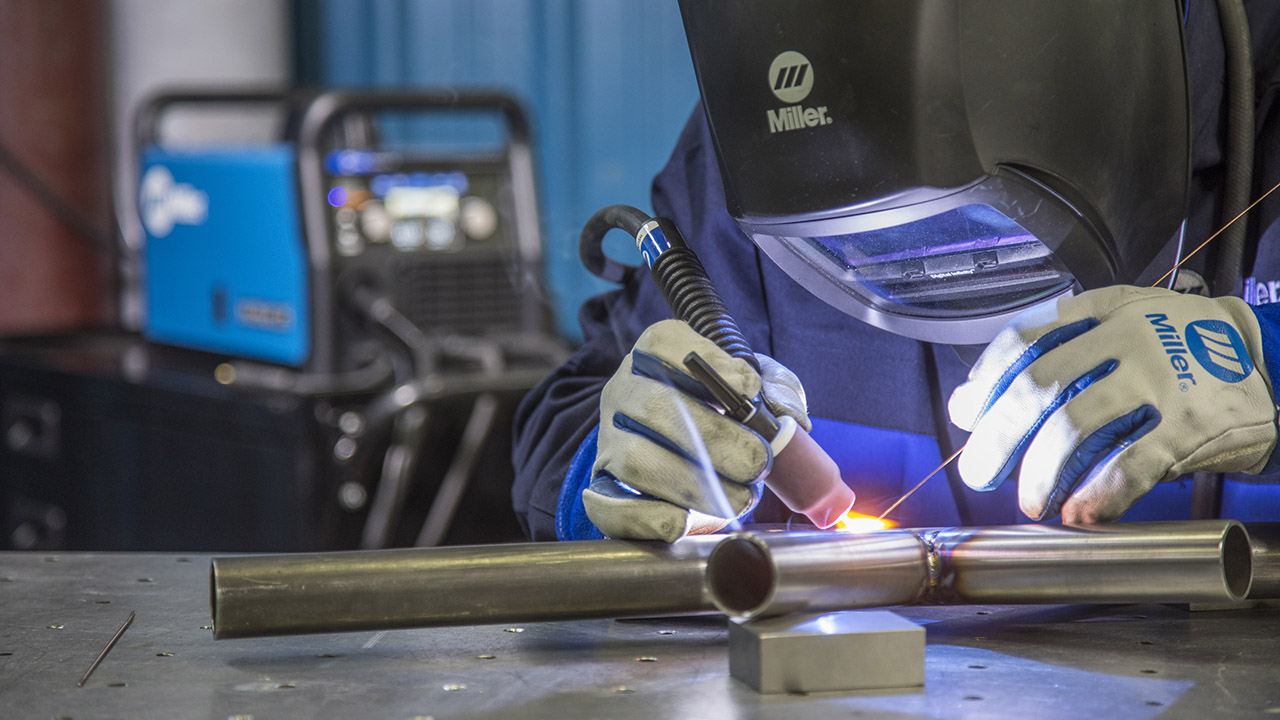Advanced Welding WPS: Customizing Requirements for Complex Jobs
Advanced Welding WPS: Customizing Requirements for Complex Jobs
Blog Article
The Ultimate Guide to Welding WPS Procedures: An Extensive Overview for Welders
In the elaborate globe of welding, Welding Procedure Specifications (WPS) offer as the foundation of guaranteeing high quality, consistency, and safety in welding operations (welding WPS). As we delve right into the numerous parts of a WPS and discover the complexities of certification and accreditation, we will certainly uncover the vital function these procedures play in the world of welding.
Relevance of WPS Procedures
Understanding the value of Welding Treatment Specs (WPS) treatments is essential for making certain the quality and integrity of welded frameworks. WPS procedures serve as a roadmap for welders, outlining the essential actions, criteria, and products required to attain an audio weld. By sticking to WPS guidelines, welders can guarantee consistency in their job, bring about reputable and structurally audio welds.
One of the key reasons why WPS procedures are important is their role in keeping weld quality and stability. Complying with the defined welding criteria and strategies outlined in the WPS aids avoid issues such as porosity, cracking, or incomplete combination, which can compromise the strength and toughness of the weld. Additionally, WPS procedures are critical for ensuring compliance with market standards and codes. By following well-known WPS standards, welders can show that their job meets the needed requirements for security and quality, offering guarantee to customers, inspectors, and governing bodies. Basically, the significance of WPS procedures can not be overemphasized, as they are fundamental to achieving regular, premium welds that fulfill industry requirements and requirements.

Components of a WPS
A Welding Treatment Specification (WPS) commonly makes up crucial parts that information the certain requirements for implementing a weld, making certain uniformity and quality in the welding process. The vital parts of a WPS include necessary variables such as base metals, filler steels, preheat and interpass temperatures, welding processes, securing gases, welding placements, and post-weld warmth treatment demands.
Base metals refer to the materials being signed up with, while filler steels are made use of to fill up the gap in between the base steels throughout welding. Preheat and interpass temperature levels are critical for managing the warmth input and preventing problems like breaking or distortion. The welding procedure describes the certain method to be utilized, whether it's gas metal arc welding (GMAW), shielded metal arc welding (SMAW), or an additional approach. Securing gases safeguard the weld pool from atmospheric contamination. Welding positions define the alignments in which welding can be carried out. Post-weld warm therapy may be needed to eliminate stress and anxieties and improve the weld's residential properties. A complete understanding of these parts is vital for creating a efficient and extensive WPS.

Certification and Certification
Having established the important elements of a Welding Treatment Spec (WPS), the emphasis currently shifts towards the essential aspects of qualification and accreditation in welding practices.

Certification, on the other hand, is the formal recognition of a welder's qualifications by a pertinent certification body or organization. Welding accreditations are normally based upon the certain welding procedures, materials, and positions a welder is qualified to function with. Holding a legitimate welding certification demonstrates that a welder satisfies industry standards and is qualified to carry out welding jobs to the required specs.
Creating a WPS
To develop a Welding Treatment Specification (WPS) that fulfills sector standards, careful consideration of welding processes, products, and operational parameters is important. The very first action in producing a WPS is to identify the welding process to be made use of, such as gas steel arc welding (GMAW) or shielded steel arc welding (SMAW)

Implementing and Checking WPS
Upon settling the extensive Welding Procedure Requirements (WPS) that meticulously information welding procedures, materials, functional parameters, and quality control procedures, the focus shifts to successfully executing and keeping an eye on the established treatments. Implementation includes ensuring that all welders included in the project are familiar with the WPS and follow it diligently during the welding procedure. This calls for giving adequate training and supervision to guarantee adherence to the specified procedures. Keeping track of the WPS involves continuous oversight to verify that welding activities align with the recorded requirements. Examinations, testing, and quality assurance procedures are essential elements of the tracking procedure to determine any issues or variances promptly. Normal audits and testimonials next of the welding treatments help in preserving consistency and quality throughout the job. Reliable application and surveillance of the WPS are critical for ensuring the stability, stamina, and safety of the welded joints, eventually adding to the general success of the welding project.
Final Thought
To conclude, understanding and adhering to Welding Procedure Requirements (WPS) is crucial for welders to make certain top quality, consistency, and safety and security in their job. By understanding the parts of a WPS, acquiring correct credentials and qualifications, creating in-depth treatments, and applying and monitoring them properly, welders can boost their skills and efficiency in welding practices. Sticking to WPS treatments is crucial for generating high-grade welds and meeting industry requirements.
In the intricate world of welding, Welding Procedure Specs (WPS) serve as the backbone of making certain top quality, uniformity, and safety in welding operations. The welding procedure outlines the particular useful link strategy to be made use of, whether it's gas steel arc welding (GMAW), protected metal arc welding (SMAW), or another technique.To develop a Welding Procedure Requirements (WPS) that satisfies market criteria, mindful consideration of welding procedures, products, and operational specifications is important. The initial action in creating a WPS is to identify the welding process to be used, such as gas metal arc welding (GMAW) or secured metal arc welding (SMAW)Upon wrapping up the extensive Welding Procedure Spec (WPS) that carefully information welding processes, materials, operational specifications, and top quality assurance procedures, the emphasis shifts to effectively carrying out and monitoring the well established treatments.
Report this page